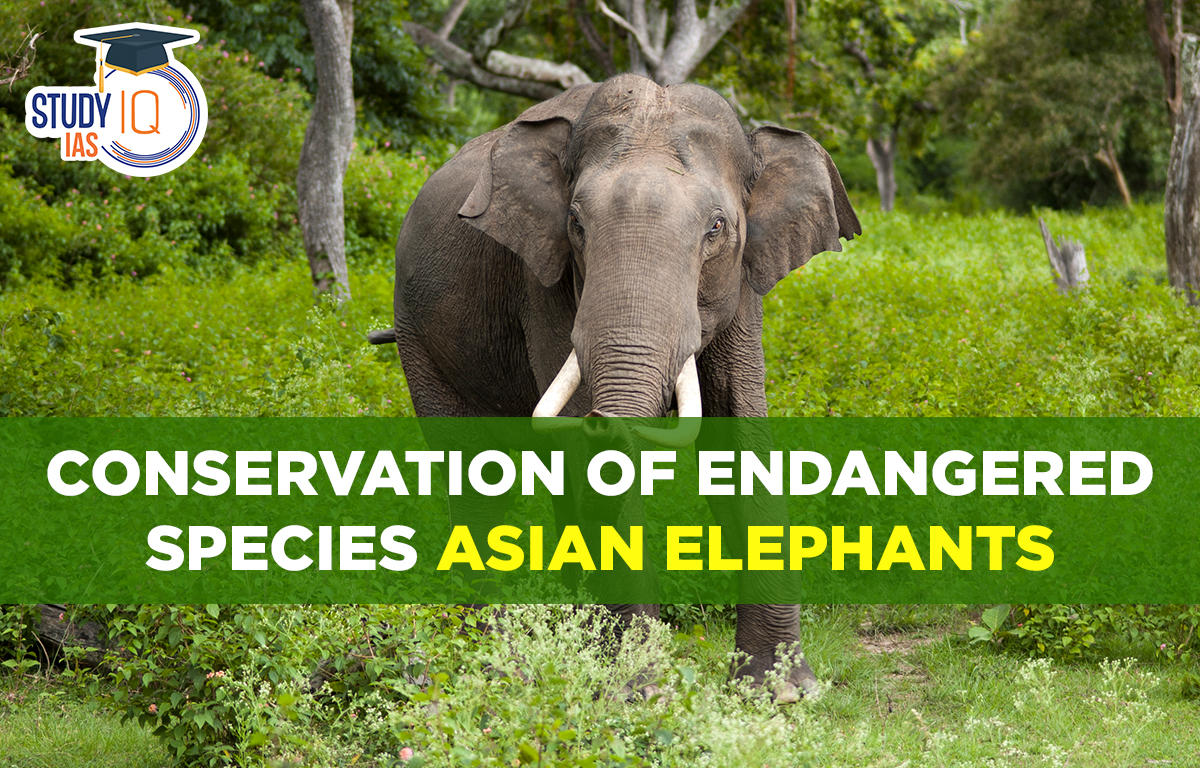Table of Contents
About Paper Findings
- The Western Ghats(WG) is an escarpment running north–south along the western coastline of India, interrupted towards the south by the low-lying Palghat Gap that separates the northern from the southern elephant populations.
- This northern part of the WG includes the Nilgiri Biosphere Reserve [NBR] and its surrounding PAs [protected areas], which contain the largest remaining population of wild elephants.
- The Palghat Gap is “relatively flat and consequently easily negotiable by elephants”. But, human settlements and crop cultivation have hindered the movement of the elephants, keeping them confined to the hilly areas, considered suboptimal habitats.
- Related challenges in sub-optimal habitats for Elephants include:
- Chances of lower survival due to dangerous terrain for animals of this size.
- Study shows that when barriers are erected, particularly in areas with slopes, their movement is blocked and gene flow reduced, thereby increasing the extinction risk of endangered species.

About Asian Elephants
- Asian elephants are listed as “Endangered” on the IUCN Red List of threatened species.
- The current population estimates indicate that there are about 50,000 -60000 Asian elephants in the world, of which More than 60 % of population is present in India.
Elephant Conservation
- Their Significance stems from the need for their conservation
- Important species: Elephants are a keystone species.
- Water providers: In times of drought, they access the water by digging holes, which benefits other wildlife.
- Food chain: Apex predators like tigers will sometimes hunt young elephants whose carcasses provide food for other animals.
- The umbrella effect: By preserving a large area for elephants one provides a suitable habitat for many other animal and plant species of an ecosystem.
- Measures
- Elephant Corridors are the way to ease the burden of elephants in hilly areas.
- Developing Methodologies for Conducting Periodic Elephant surveys could help keep track of the surviving population.

Nilgiri Biosphere Reserve
- It was the first biosphere reserve in India established in the year 1986.
- It is located in the Western Ghats and includes 2 of the 10 biogeographical provinces of India.
- It encompasses parts of Tamilnadu, Kerala and Karnataka.
- The Mudumalai Wildlife Sanctuary, Wayanad Wildlife Sanctuary Bandipur National Park, Nagarhole National Park, Mukurthi National Park and Silent Valley are the protected areas present within this reserve.
- The natural vegetation ranges from dry scrub to evergreen forests and swamps.
- Many of the major tributaries of the river Cauvery like the Bhavani, Moyar, and Kabini and other rivers like Chaliyar, Punampuzha, etc., have their source and catchment areas within the reserve boundary.
- Further, sholas and grasslands play a very important role in retaining water and supplying it to these streams



 India China Trade Deficit, India’s imp...
India China Trade Deficit, India’s imp...
 Current Affairs 29th April 2024 for UPSC...
Current Affairs 29th April 2024 for UPSC...
 Towards Green Growth, Impact of Climate ...
Towards Green Growth, Impact of Climate ...

















